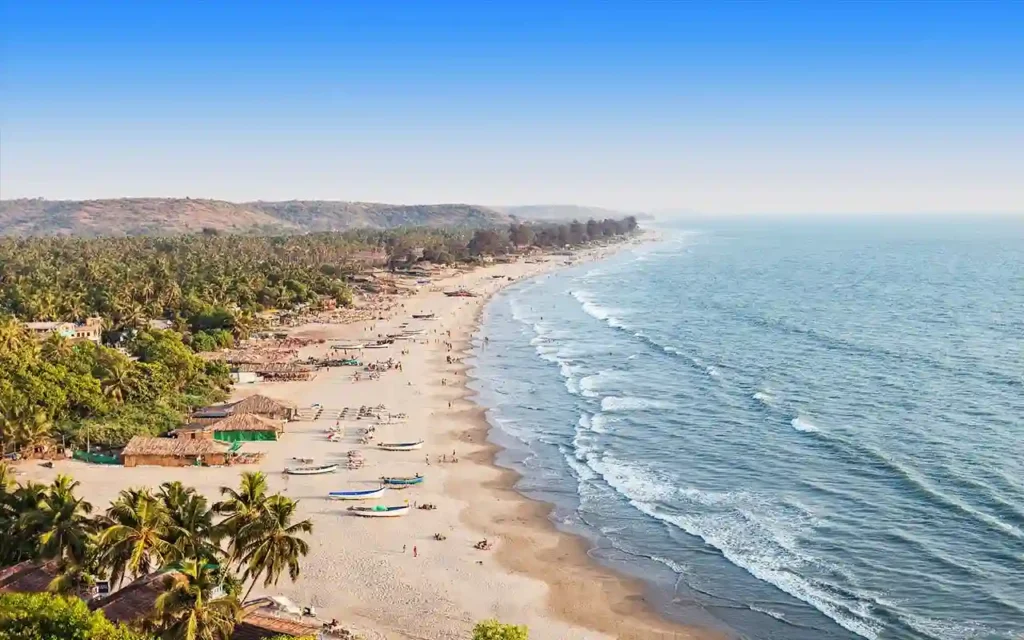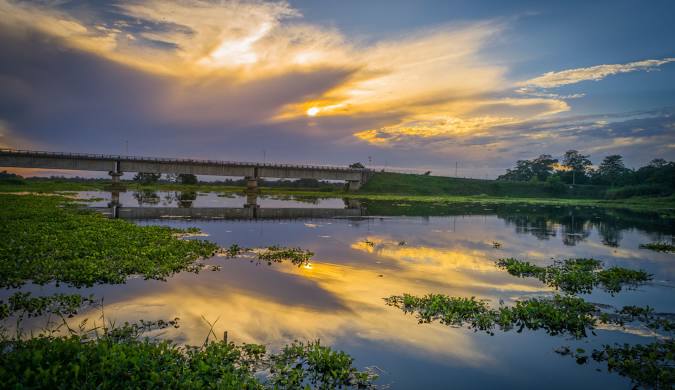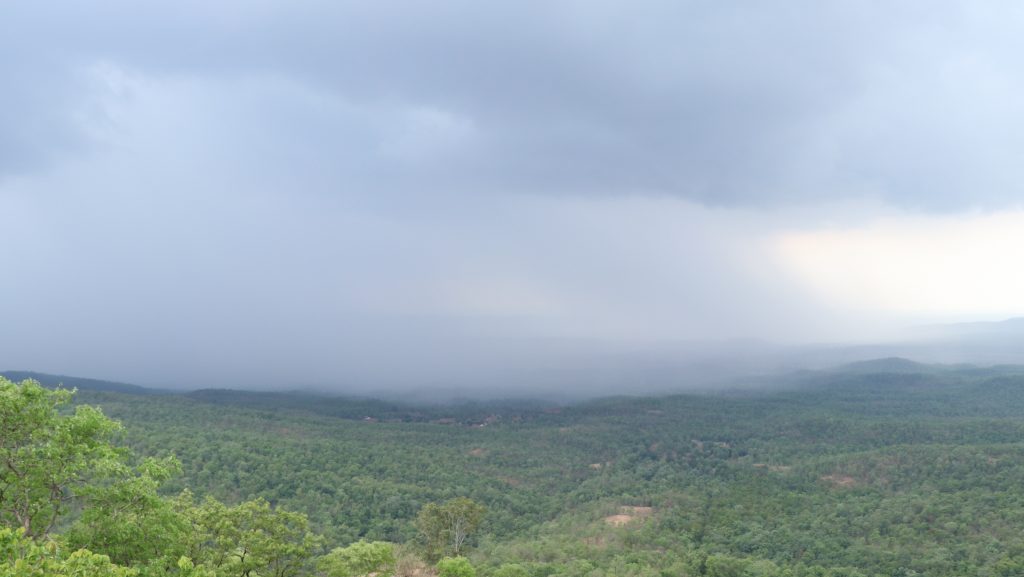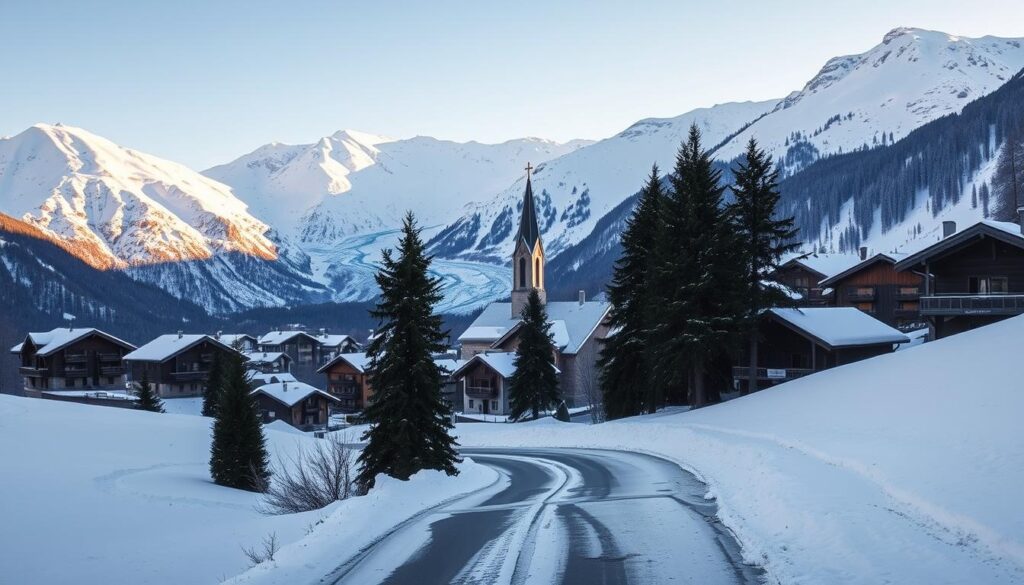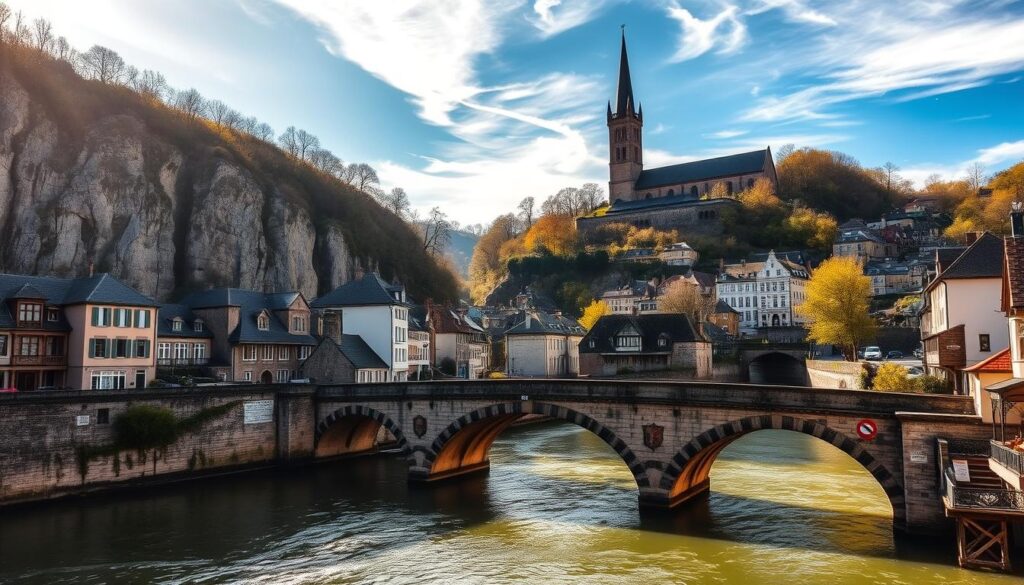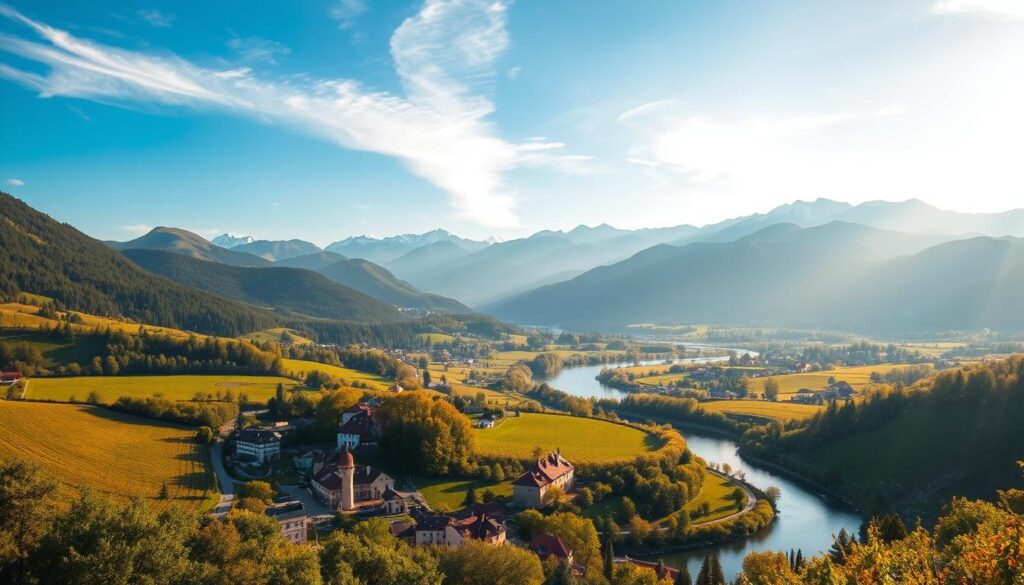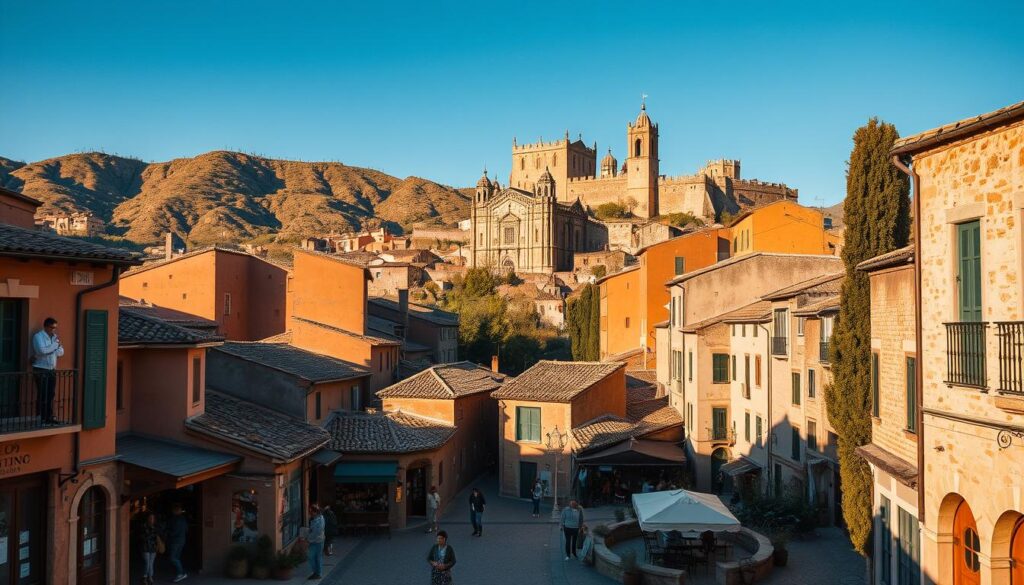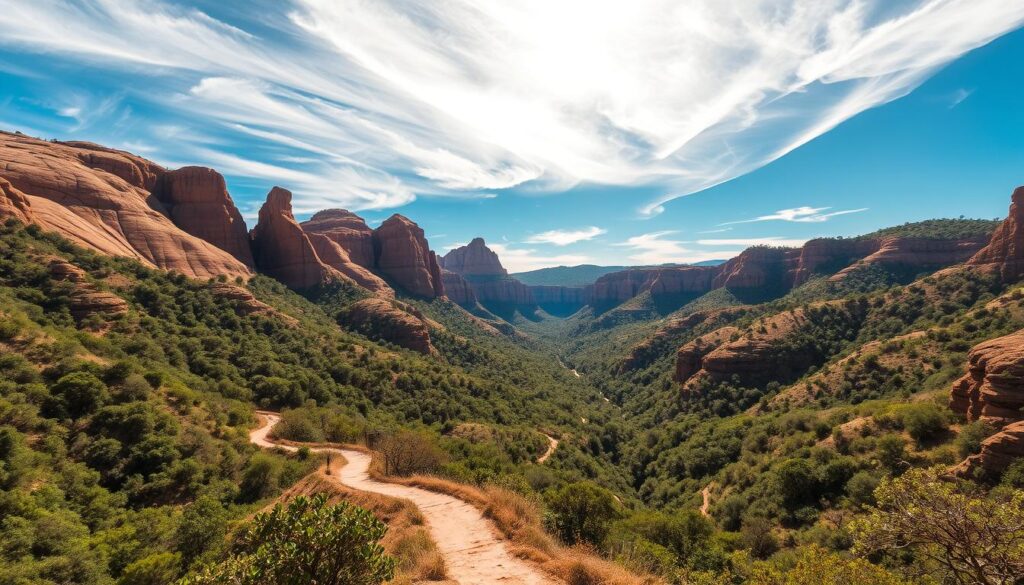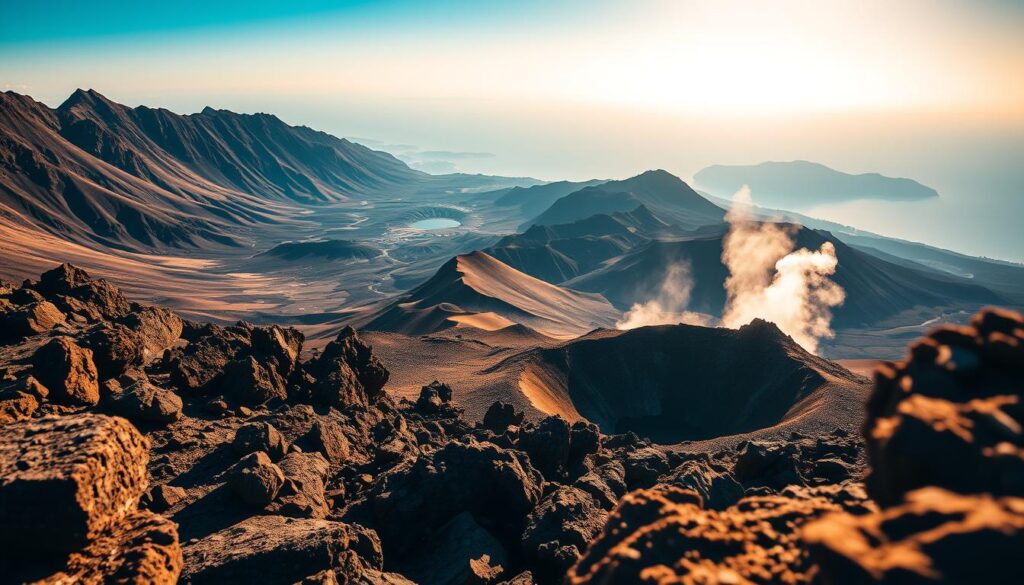Talpona Beach Best Time to Visit: When & How to Experience Goa’s Hidden Gem
Forget the Goa you think you know. Picture this: the morning sun warming golden sand, the gentle sound of a river meeting the sea, and the only footprints besides yours belonging to a shorebird. This isn’t Baga or Anjuna—this is Talpona Beach, South Goa’s best-kept secret that I stumbled upon three years ago while escaping the tourist trail. You’re wondering when the best time to visit Talpona Beach is, and the answer isn’t just a month—it’s about the experience you’re looking for. After visiting Talpona across different seasons and spending countless hours with local fishermen and conservationists, I’ve learned that timing here is everything. The Short Answer: When is the Absolute Best Time to Visit Talpona? For perfect weather, calm seas, and the chance to see nesting Olive Ridley turtles, the best time to visit Talpona Beach is from November to February. During these months, you’ll find clear blue skies, temperatures hovering between 20-30°C, and gentle waves perfect for swimming. But that’s not the whole story. The ‘best’ time truly depends on whether you’re seeking solitude, wildlife encounters, or experiencing Goa’s dramatic monsoon beauty. Each season at Talpona offers something completely different, and I’ve fallen in love with this beach in every single one. A Season-by-Season Guide to Talpona’s Charm Winter (November – March): The Postcard-Perfect Season This is Talpona at its most Instagram-worthy. When I first visited in December, I couldn’t believe a place this beautiful existed just 45 minutes from Palolem. The weather is absolutely perfect—clear skies, gentle breezes, and temperatures that make you want to spend entire days on the sand. What makes winter special: The downside? This is peak tourist season, though Talpona remains significantly quieter than other Goa beaches. Expect higher accommodation rates and book your beach hut in advance, especially for December and January visits. My insider tip: Visit on weekday mornings between 6-8 AM. You’ll likely have the entire beach to yourself, and the light is magical for photography. Monsoon (June – September): The Dramatic, Green Season Most travel guides will tell you to avoid Goa during monsoon. They’re wrong—at least when it comes to Talpona. This season transforms the landscape into something from a movie. The beach becomes wild and untamed, with dramatic waves crashing against the shore and the surrounding hills turning emerald green. What makes monsoon magical: Important considerations: I spent a monsoon week here writing, and it was incredibly inspiring. The sound of waves, the fresh smell after rain, and the dramatic skies created the perfect creative atmosphere. Shoulder Months (April, May, October): The Insider’s Secret These months are my personal favorite for visiting Talpona, and here’s why: fewer tourists, lower prices, and unique seasonal experiences. Yes, it’s hotter, but the trade-offs are worth it for savvy travelers. April-May advantages: October advantages: The challenge: Temperatures can reach 35-38°C during midday. My strategy is simple: enjoy the beach from sunrise to 10 AM, take a midday break in shade or explore inland areas, then return for sunset activities. The Olive Ridley Turtles: A Once-in-a-Lifetime Experience This is what makes Talpona truly special. Between November and April, ancient Olive Ridley turtles return to these shores to nest—the same beach where they were born decades ago. Witnessing this is nothing short of magical. I’ll never forget my first turtle sighting. It was a February evening, and local conservationist Ravi pointed out fresh tracks in the sand. “Mama turtle came last night,” he whispered. We followed the tracks to a freshly covered nest, and I realized I was standing where new life would emerge in 45-60 days. When and how to see them: Responsible viewing guidelines: The Goa Forest Department works closely with local communities to protect these gentle giants. Supporting their conservation efforts by visiting responsibly ensures future generations can witness this wonder. More Than a Beach: Exploring the Talpona River and Mangroves What sets Talpona apart from other Goa beaches is the river estuary and mangrove ecosystem. The Talpona River meets the Arabian Sea here, creating a unique environment teeming with life. My favorite experience? Hiring local fisherman Suresh for an early morning boat ride through the mangrove tunnels. As we glided through green canopies reflected in still water, he pointed out kingfishers, herons, and even a small crocodile sunning itself on a log. River and mangrove highlights: Ask a local boatman to take you through the mangrove tunnels at high tide—it feels like entering another world. The silence is broken only by bird calls and gentle water lapping against the boat. Your Talpona Activity Planner: What to Do and When Activity Best Time Season Insider Tips Swimming & Sunbathing 7-10 AM, 4-7 PM Nov-Apr Avoid midday sun; check for rip currents Turtle Watching 5-7 AM Dec-Apr Follow tracks from previous night River Boat Rides High tide times Oct-May Check tide times locally Photography Sunrise, sunset Year-round Golden hour at river mouth is spectacular Birdwatching Early morning Oct-Mar Bring binoculars; mangroves are best spots Solitude Seeking Weekday mornings Apr-Oct Shoulder seasons offer maximum peace My photography recommendations: Where to Stay & Eat: Honest Local Recommendations Let me be upfront: Talpona is a remote beach with limited amenities. Don’t expect luxury resorts or fancy restaurants. Do expect incredible hospitality and the freshest seafood of your life. Accommodation options: The beach huts are simple but charming, usually run by local families who’ve been here for generations. My go-to is the family-run shack at the north end—Maria’s hospitality is unmatched, and her fish curry is legendary. Dining experiences: Essential amenities info: Getting to This Hidden Gem Reaching Talpona is part of its charm—it requires a bit of effort, which keeps the crowds away. From Palolem Beach: 15-minute scenic drive through small villages From Canacona Railway Station: 20-minute auto-rickshaw ride From Goa International Airport: 1.5-hour drive via NH66 My recommended transport method: Rent a scooter in Palolem or Canacona. The road from Palolem is scenic, with traditional Goan houses and cashew plantations—drive slowly and soak it in! Parking is free right on the beach.
Talpona Beach Best Time to Visit: When & How to Experience Goa’s Hidden Gem Read More »

